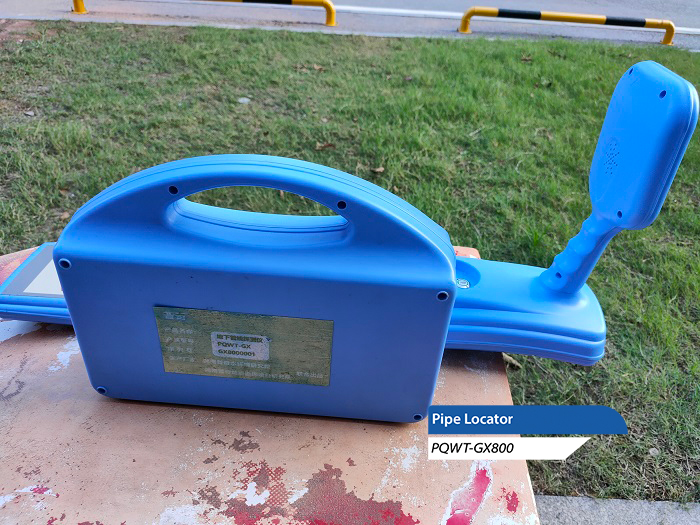Pipe Cable Locators play a vital role in the construction and development of modern cities. These high-tech devices help engineers and construction workers pinpoint the location of various underground facilities, including water pipes, cables, gas lines, etc., to ensure the safe operation of urban infrastructure.

How it works
The Pipe Cable Locatorworks on the principle of electromagnetic induction. This instrument usually consists of two parts: a transmitter and a receiver. The transmitter generates electromagnetic signals of a specific frequency and transmits the signals to the underground target pipelines in different ways. When the electromagnetic signal comes in contact with the underground metal pipeline, it generates an induced current in the pipeline. This current travels along the pipeline and radiates electromagnetic waves to the ground as it travels. The receiver then captures these signals and determines the location, alignment and depth of the pipeline based on changes in signal strength.
In addition, some advanced detectors utilize electromagnetic wave detection technology that is capable of detecting pipelines of all materials, both metallic and non-metallic. Often referred to as pipeline radar technology, this approach identifies reflected signals from underground pipelines by transmitting and receiving electromagnetic waves to determine their location.
Application Scenarios
-Urban planning and construction: When building new or reconstructing roads, bridges and buildings, Pipe Cable Locator can help construction teams avoid damaging existing underground facilities and ensure construction safety.
-Facility Maintenance and Repair: When it is necessary to carry out maintenance or repair of underground pipelines, the detector can help to quickly locate the fault point, reduce the excavation area and repair time.
-Emergency Response: In natural disasters or other emergencies, such as after earthquakes or floods, probes can help quickly assess the damage to underground pipelines so that infrastructure functions can be quickly restored.
-Environmental protection: Detectors also play an important role in environmental assessment, for example, when evaluating underground sources of pollution, they can be used to locate the migration paths of pollutants.
Technological advances
As technology continues to evolve, the modern Pipe Cable Locator becomes smarter and more portable. Highly accurate sensors and powerful data processing capabilities make detection results more accurate and reliable. At the same time, some detectors also have the function of remote transmission and real-time monitoring, allowing users to obtain dynamic information of underground pipelines anytime and anywhere.
Conclusion
Pipe Cable Locator is not only an indispensable tool in the construction and maintenance of modern cities, but also an important means to protect the safety of underground infrastructure. With the progress of technology, the future locator will be more efficient and intelligent, providing a more solid foundation for human life and social development.








